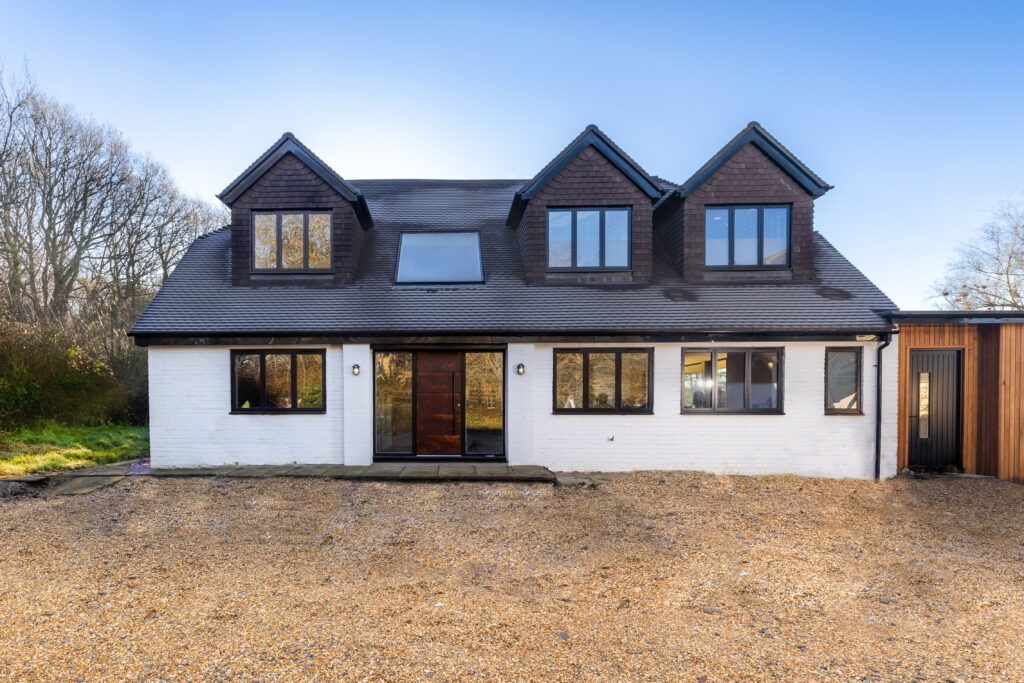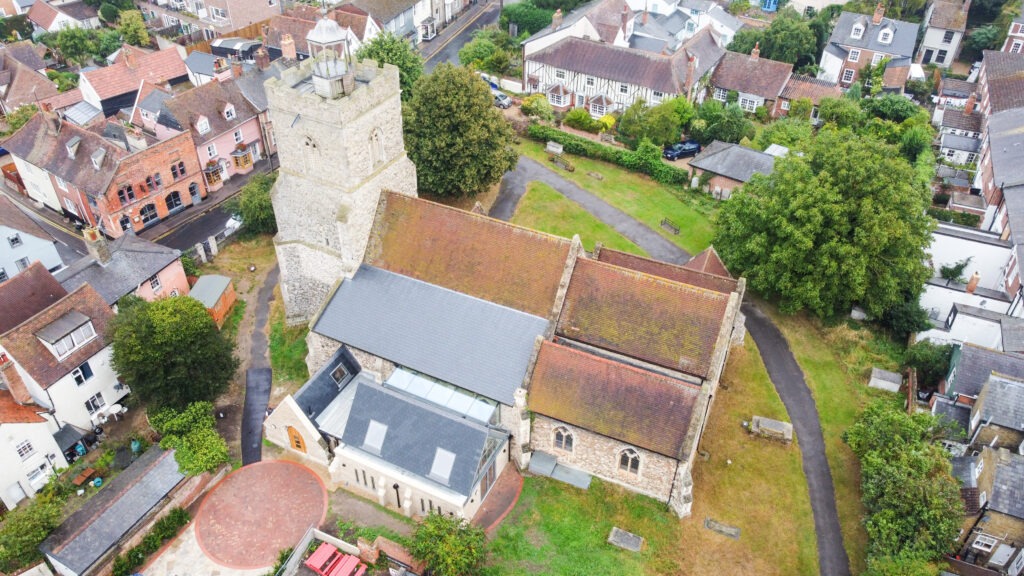In recent years, the popularity of conservation rooflights has surged, offering a unique blend of natural light infusion and the preservation of historic architectural charm. However, when contemplating the installation of conservation rooflights in historic buildings, adherence to specific UK building regulations is paramount. This article provides tailored advice for historic buildings to ensure compliance.
Planning Permission Considerations
- Assess the need for planning permission, particularly if the rooflights are not visible from the street and do not alter the external appearance.
- Always consult the local planning authority to confirm requirements before proceeding with installation.

Compliance with Building Regulations
Part B (Fire Safety): Ensure rooflights are designed and installed to prevent fire spread. Materials must be fire-resistant, and installation should maintain roof integrity. For listed buildings, collaborate with the conservation officer to align with historic fabric.
Part L (Conservation of Fuel and Power): Meet thermal performance standards to prevent heat loss and reduce the reliance on artificial lighting during the day. For listed buildings, consider specialist conservation rooflights replicating the original appearance.
Part K (Protection from Falling, Collision and Impact): Design rooflights to prevent falls or injuries, ensuring strength to withstand weight and features that prevent slipping or tripping.

Impact on Historic Fabric
- Assess the potential impact of conservation rooflight installation on the building’s historic fabric.
- For listed buildings, collaborate with the local conservation officer to ensure proposed works align with the building’s historic character.
- Consider the use of specialist conservation rooflights that replicate the historic appearance of the original ones.
When installing conservation rooflights in historic buildings, strict adherence to UK building regulations is imperative. Consider the requirements of Part B (Fire Safety), Part L (Conservation of Fuel and Power), and Part K (Protection from Falling, Collision, and Impact).
For listed buildings, consulting with the local conservation officer ensures that the installation is safe, energy-efficient, and respectful of the building’s historic character.
Following these guidelines guarantees a harmonious integration of conservation rooflights into historic structures.

